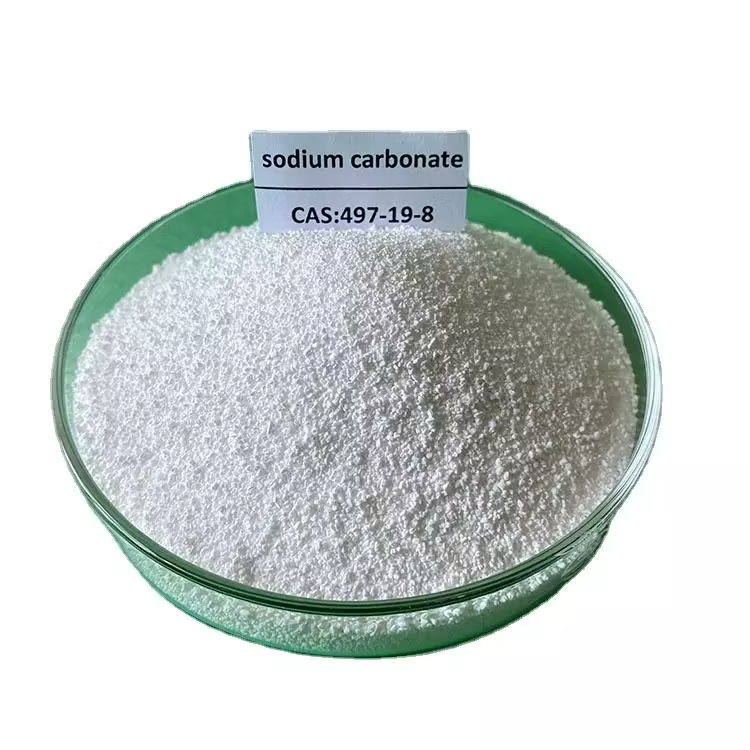Description
Sodium Carbonate: From Ancient Uses to Modern Applications
Sodium carbonate, also known as washing soda, soda ash, or soda crystals, is a common inorganic compound with the formula Na₂CO₃. It’s a white, odorless powder that’s been used for centuries, finding its way into everything from cleaning products to food processing. While its chemical formula may seem simple, sodium carbonate boasts a surprisingly rich history and a vast array of practical applications.
A History Rooted in Antiquity:
The use of sodium carbonate dates back to ancient times. Egyptians harvested naturally occurring deposits from dry lake beds and used it for various purposes, including cleaning, mummification, and the production of glass. Romans also employed it in similar ways. The word “soda” itself is believed to originate from the Arabic word “suda,” referring to the plant Salsola soda, from which early extraction methods derived sodium carbonate.
The Leblanc and Solvay Processes: Scaling Up Production:
For centuries, sourcing sodium carbonate was dependent on natural deposits or the combustion of specific plants. However, the demand for this versatile compound increased exponentially, leading to the development of industrial production methods. The Leblanc process, invented in the late 18th century, marked a significant breakthrough. Although it was eventually replaced due to its environmentally harmful byproducts, it was a pivotal step in meeting the growing demand.
The Solvay process, developed in the 1860s, revolutionized sodium carbonate production. This process, which involves the reaction of brine (sodium chloride solution), ammonia, and carbon dioxide, is more efficient and environmentally friendly than the Leblanc process. It remains the dominant commercial method for sodium carbonate production worldwide.
Versatile Applications: A Modern Workhorse:
Sodium carbonate’s broad range of applications stems from its alkaline properties and its ability to dissolve in water, forming a strong alkaline solution. Here’s a glimpse into its diverse uses:
- Cleaning and Detergents: As “washing soda,” it’s a powerful cleaning agent effective at cutting through grease and softening water. It’s a key ingredient in laundry detergents, dishwashing liquids, and general-purpose cleaners.
- Glass Manufacturing: Sodium carbonate is a crucial component in the production of glass. It lowers the melting point of silica (sand), reducing the energy required for glassmaking.
- Chemical Industry: It serves as a raw material for the production of various chemicals, including sodium bicarbonate (baking soda), sodium phosphate, and silicates.
- pH Regulation: Its alkaline nature makes it useful for neutralizing acids in various industrial processes and water treatment facilities. It helps maintain the desired pH level in swimming pools and aquariums.
- Food Industry: While not as widely used as sodium bicarbonate, sodium carbonate finds applications in food processing, such as neutralizing acidity and tenderizing certain vegetables. It is sometimes used in the production of ramen noodles to give them their characteristic texture.
- Textile Industry: Used as a desizing agent to remove starch from fabrics and as a pH adjuster during dyeing processes.
- Paper Manufacturing: Employed in the pulping process to separate fibers from wood chips.
Handling and Safety:
Although sodium carbonate is generally considered safe, it can be irritating to the skin, eyes, and respiratory system. Prolonged exposure to its dust can cause dermatitis. Therefore, it’s essential to wear appropriate protective gear, such as gloves and eye protection, when handling the substance in concentrated form.
Looking Ahead:
From its humble beginnings as a naturally sourced material to its current status as an industrially produced chemical, sodium carbonate has played a vital role in human civilization. Its versatility and affordability ensure its continued importance in various industries. While sustainability remains a key concern, ongoing research and development are focused on optimizing production methods and exploring alternative, more environmentally friendly processes for obtaining this essential compound. As we continue to innovate and refine our understanding of its properties, sodium carbonate will undoubtedly remain a valuable asset in our quest for a cleaner, more efficient, and sustainable future.












Reviews
There are no reviews yet.